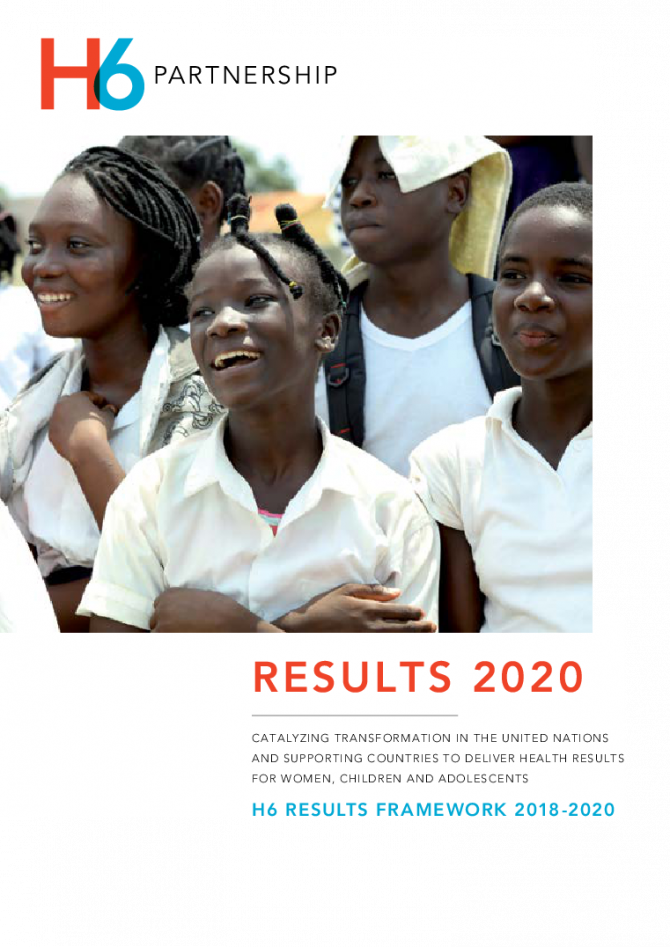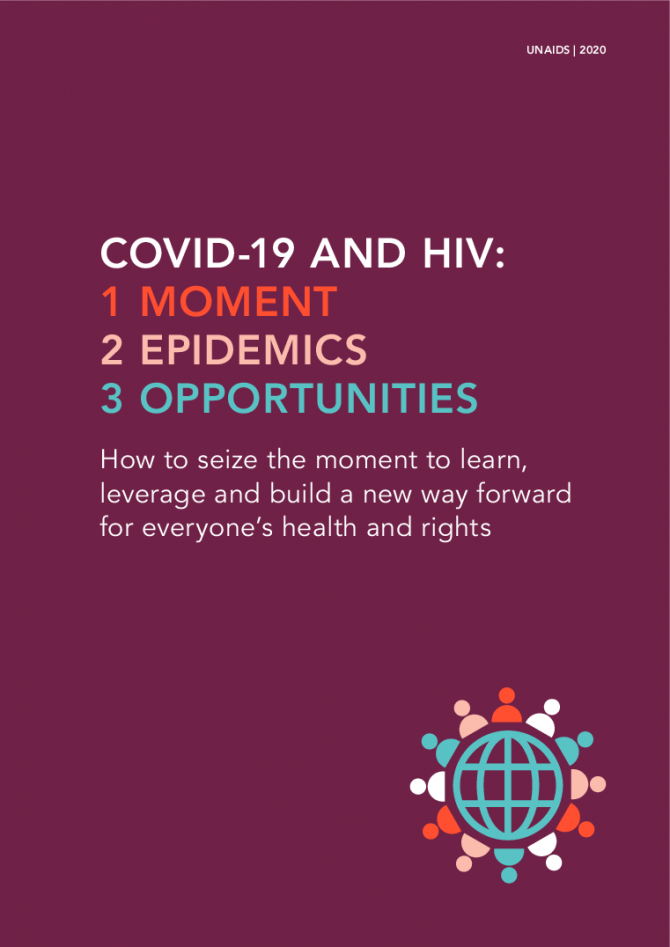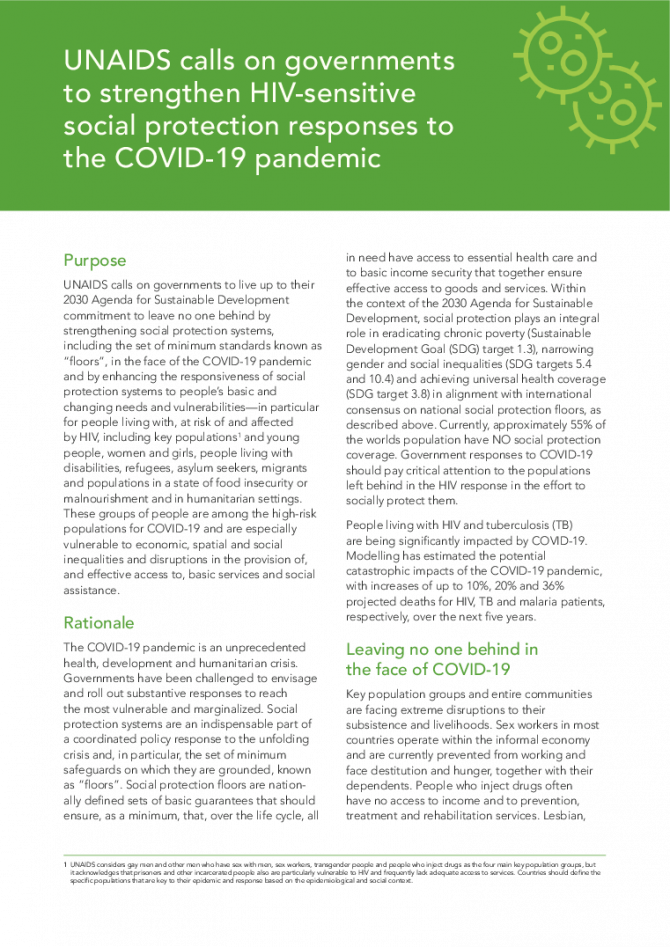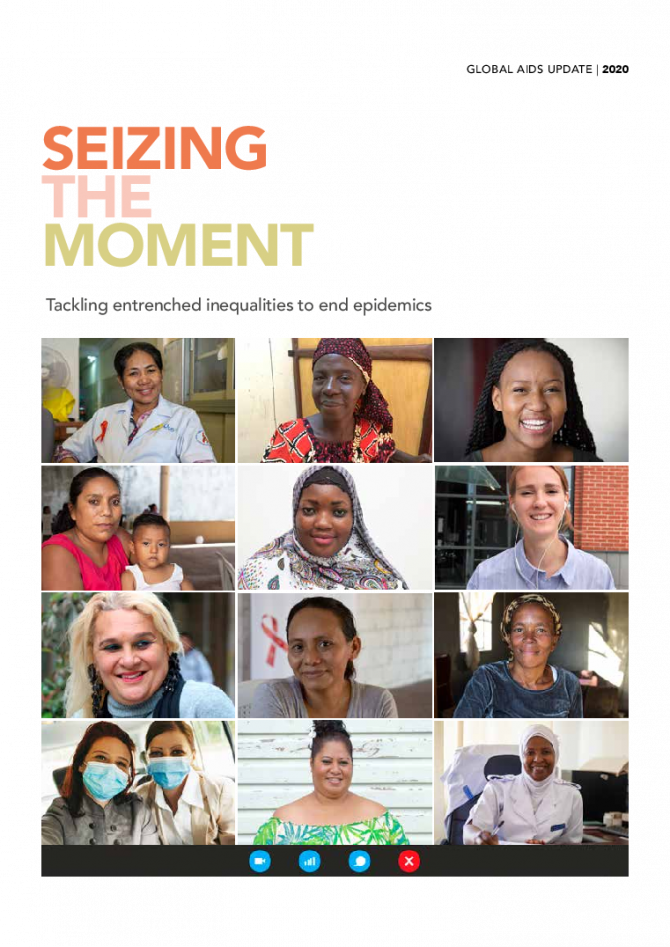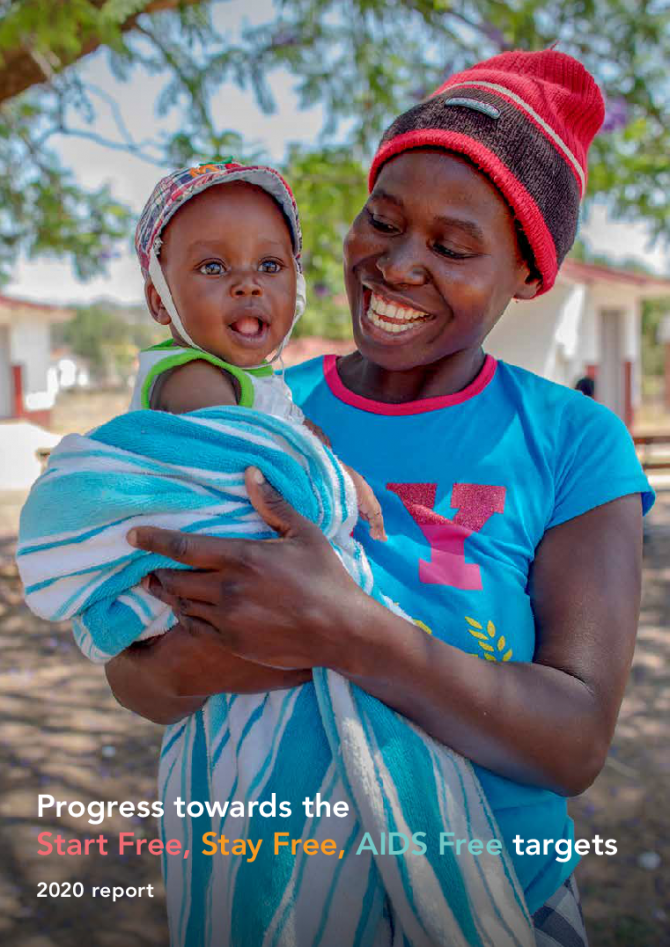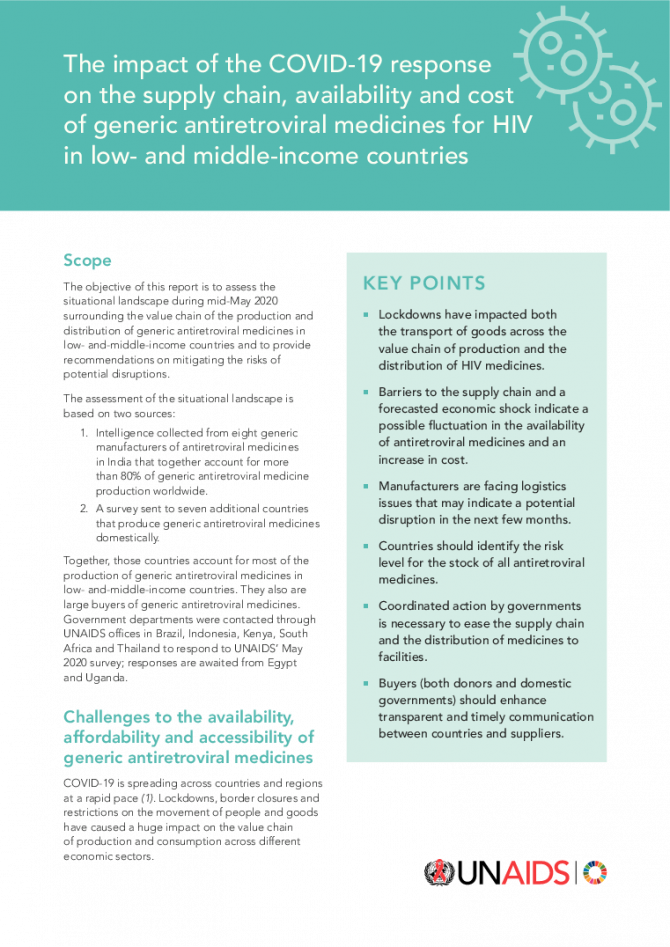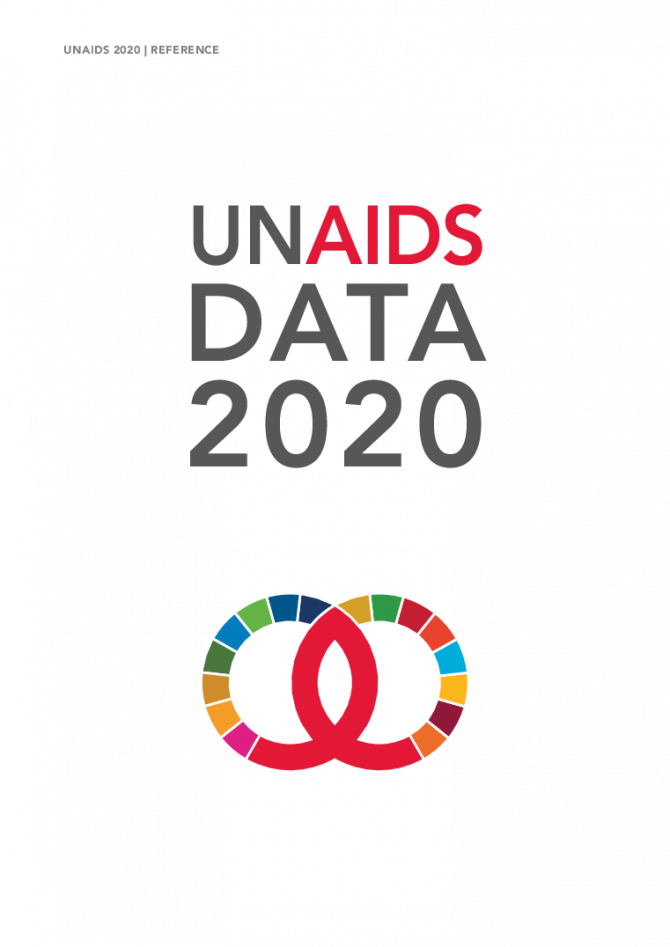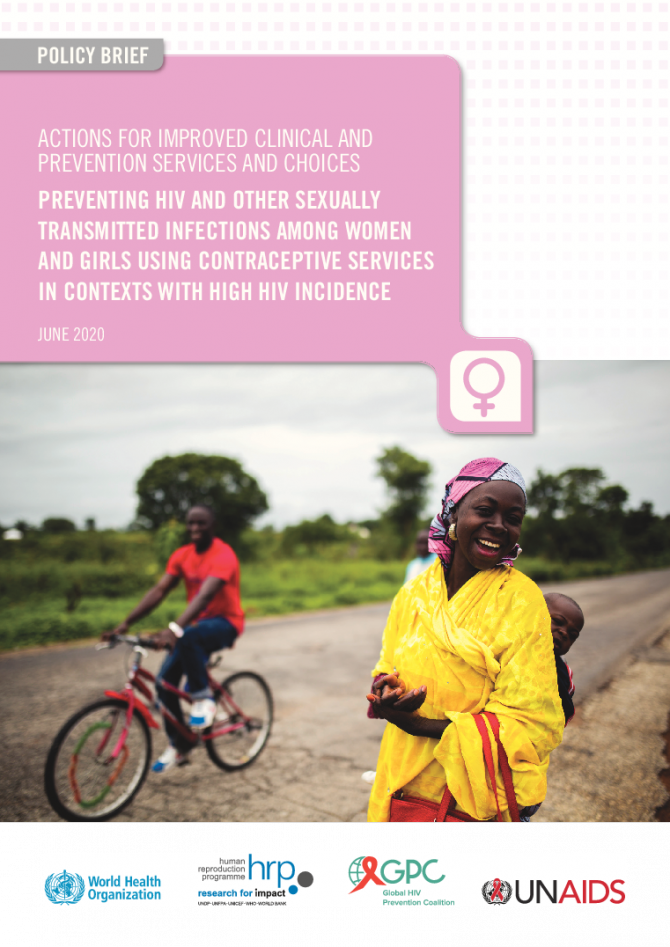Documents
Rights in a pandemic – Lockdowns, rights and lessons from HIV in the early response to COVID-19
27 August 2020
Rights in a Pandemic outlines 10 immediate areas for action for governments towards building effective, rights-based COVID-19 responses. These include taking proactive measures to ensure that people, particularly people in vulnerable groups, can access HIV treatment and prevention services, designating and supporting essential workers, including community-led organizations, and implementing measures to prevent and address gender-based violence. The report builds on Rights in the time of COVID-19, released by UNAIDS in March 2020, which urged countries to take a human rights approach in responding to COVID-19, in line with best practices from 40 years of responding to HIV. This publication is also available in Portuguese
Documents
Results 2020 — Catalyzing transformation in the United Nations and supporting countries to deliver health results for women, children and adolescents — H6 results framework 2018-2020
28 August 2018
Documents
COVID-19 and HIV: 1 moment, 2 epidemics, 3 opportunities—how to seize the moment to learn, leverage and build a new way forward for everyone’s health and rights
09 September 2020
Documents
UNAIDS calls on governments to strengthen HIV-sensitive social protection responses to the COVID-19 pandemic
26 August 2020
UNAIDS calls on governments to live up to their commitment to develop nationally owned and led social protection systems for all, including floors; and scale up and progressively enhance coverage, adequacy and comprehensiveness, thereby improving the responsiveness and quality of interventions to address the needs and vulnerabilities of people living with HIV.
Documents
2020 Global AIDS Update — Seizing the moment — Tackling entrenched inequalities to end epidemics
06 July 2020
UNAIDS report on the global AIDS epidemic shows that 2020 targets will not be met because of deeply unequal success; COVID-19 risks blowing HIV progress way off course. Missed targets have resulted in 3.5 million more HIV infections and 820 000 more AIDS-related deaths since 2015 than if the world was on track to meet the 2020 targets. In addition, the response could be set back further, by 10 years or more, if the COVID-19 pandemic results in severe disruptions to HIV services.
Visit the special page to read this report interactively and access all related materials
Documents
The impact of the COVID-19 response on the supply chain, availability and cost of generic antiretroviral medicines for HIV in low- and middle-income countries
22 June 2020
The objective of this report is to assess the situational landscape during mid-May 2020 surrounding the value chain of the production and distribution of generic antiretroviral medicines in low- and-middle-income countries and to provide recommendations on mitigating the risks of potential disruptions.
Documents
Report of the UNAIDS Executive Director — Opening of the 46th meeting of the UNAIDS Programme Coordinating Board
23 June 2020
2020 is a critical year for our Joint Programme as we collectively define the path to getting back on track to ending the AIDS epidemic by 2030. Our revised timelines for adoption of the next strategy are highly ambitious. We need the full support of all the tremendously dedicated people in UNAIDS-within our staff, our board and all our stakeholders to make this happen.
Documents
UNAIDS data 2020
06 July 2020
Documents
Actions for improved clinical and prevention services and choices: Preventing HIV and other sexually transmitted infections among women and girls using contraceptive services in contexts with high HIV incidence
05 June 2020
This programmatic brief explores how to expand HIV and STI prevention and contraceptive method options in contraceptive services and, thus, to reduce HIV and STI incidence among adolescent girls and women. It focuses on settings with extremely high HIV prevalence and incidence. This brief complements existing guidance on HIV prevention and sexual and reproductive health and rights (SRHR), amplifies calls for action and outlines more comprehensive approaches to integration of SRHR and HIV services. It also emphasizes the importance of SRHR for women living with HIV. It aligns with updated WHO recommendations for contraceptive eligibility for women at high risk of HIV and other HIV guidance for adolescent girls and young women.


